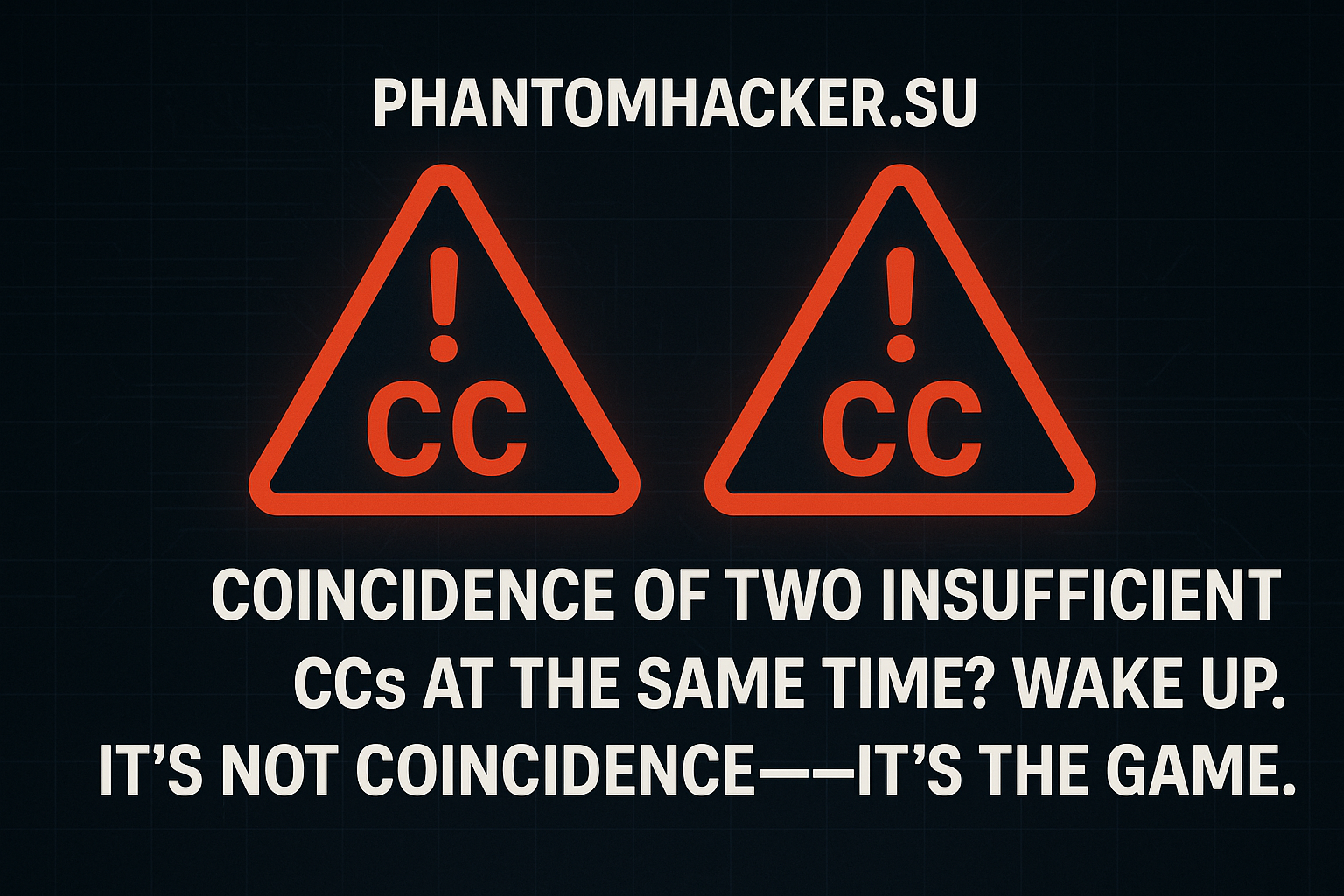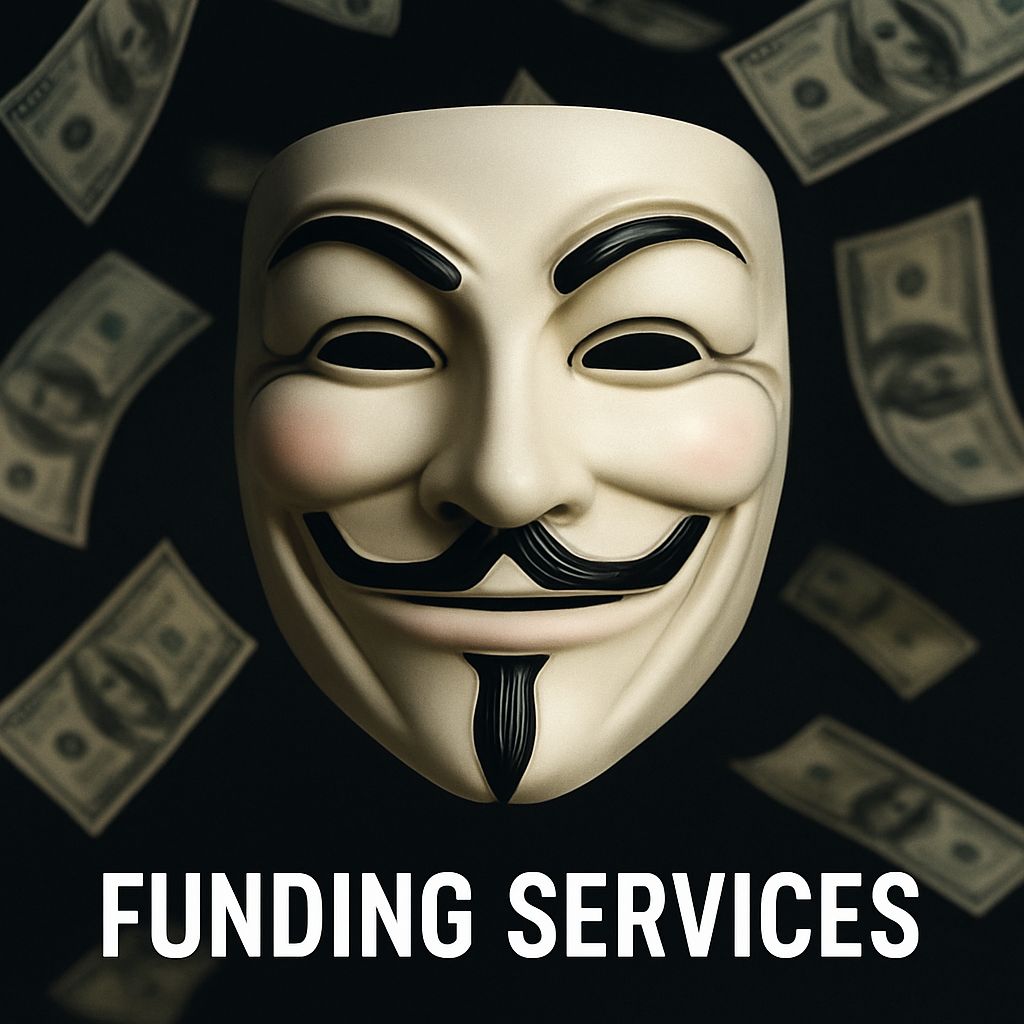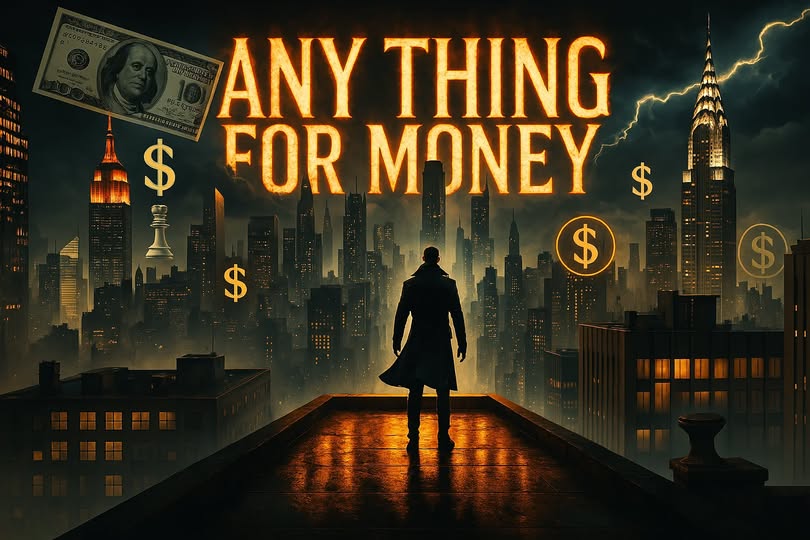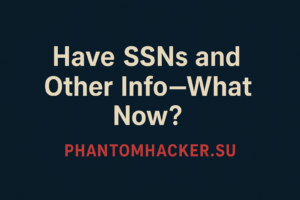Let me ask you something raw and real—have you ever stood in front of the digital gates of a high-limit opportunity, thinking you’ve cracked the code, only for it to fall flat with a gut-punch message: “Insufficient funds”? Not once. But twice. Same BIN. Same play. Same burn. Is it coincidence? No. It’s the brutal truth of the underground. Welcome to the carding grind where luck is a lie, and precision is survival.
I’ve seen too many rookies fooled into thinking this game is plug-and-play. You buy a couple CVVs or fullz, slap them onto Remitly or some gift card site, and expect digital rain. Then reality slaps you with IN-SUF, OTP prompt, or worse, radio silence. And most of them tuck their tails, assume bad luck, and vanish into Telegram shadows. But not me. I dissect it. I study the loss. Because here’s the truth you won’t hear in those fake “$500 method” PDFs: the game doesn’t forgive guesswork.
Let’s break this situation down. One operator bought a debit card—looked solid on the surface. Pushed it into Remitly. Smacked with “insufficient funds.” Okay, cool. Maybe that card was drained already. But he doubles down and grabs another card from the same BIN. Same response. And when he tries to pivot to a different vendor—still nothing. Same deal. No juice.
This isn’t some random bad beat. This is what happens when you roll without intel. A BIN might look sweet on the outside—refundable, cheaper than others—but in this world, cheaper often means emptier. Those budget BINs floating around dark shops are usually re-sold skeletons, drained and recycled like cracked iPhones in a third-world market.
Let me tell you something bold: Not all cards are created equal, and not all sellers are your friends.
Understanding the Real Meaning of “Insufficient Funds”
If your card is returning “insufficient funds,” be glad. At least it’s alive. That means the card is real, the account exists, and the issuer hasn’t yet killed the party. But it also means your vendor sold you an account tied to a bank balance of exactly $0.00. Congratulations—you just bought a glorified library card.
That’s the debit card jungle. Most are tied directly to accounts that might be overdrawn, underfunded, or simply inactive. Unlike credit cards, which guarantee a limit, debit cards are unpredictable unless you have fresh intel. When you’re dealing in dumps or live debit pulls, the margin for error is wide. You need to think like a predator, not a gambler.
Real hustlers already know—credit cards are the sharp edge of the blade. You just have to calculate how much is left unspent. That’s where research meets instinct.
BIN Strategy: The Art of Precision
Don’t fall for the “cheap and refundable” bait. That’s how newbies get finessed out of their budget. A BIN’s value isn’t in its price—it’s in its data pedigree. Location, issuing bank, card level (Classic, Platinum, Infinite), online compatibility—all of it matters.
You want success? Then buy multiple cards. And if one card hits, track it like a hawk: What state? What BIN? What card level? What expiration? Duplicate that formula. When a card pops, don’t just celebrate—study it. Replicate it. Because consistency is the real method.
Ever heard of someone chasing success using cards that belonged to their cousin’s ex or some sloppy reseller’s recycled database? That’s not the way. You want results? Start with real whales—private banking, high-limit credit, business class debit cards. If you can get close to someone with real assets, your BINs get smarter. Your risk gets leaner. Your payout gets fatter.
This isn’t just theory. Look at real-world cases. The 2023 breach of Santander in Spain exposed over 30,000 high-limit customer profiles. Do you think those got dumped and sold like common junk? Hell no. The smart players who got their hands on those accounts ran clean BIN splits, regional socks5 configurations, and drilled out every last dollar before the banks closed the gates.
Choosing the Right Vendor: Don’t Be the Fool
Let’s address the elephant in the darknet: autoshops with stale CCs. Too many sellers push old dumps, overused bases, or worse—duplicates. One vendor can sell the same CVV five times, and you wouldn’t know unless you’re the fifth buyer crying over a declined payment and wasted proxy bandwidth.
You ever wonder why some cards are posted with ultra-modern names or weird banks like Cash App, Chime, or GreenDot? That’s not finesse. That’s laziness. You want results? Pick cards with believable identities—think old white male names, cards from physical banks (not fintech garbage), and standard Visa/MasterCard only.
Skip the trendy names and pick solid profiles. Think like a social engineer: a 60-year-old man from Ohio with a business Visa is less likely to get flagged than a card tied to “DeShawn 420” in Brooklyn using a virtual Cash App card.
And please, for the love of the hustle, do NOT use the same socks or device fingerprint across different hits. Learn from the FBI’s playbook. Device forensics and geolocation mismatches are how they caught SIM swappers and e-fraudsters in 2022. They don’t need you to confess—they just follow your lazy tech trail.
Trial and Error: The Price of Mastery
This game is built on trial, error, and patience that can only be forged by fire. You will lose money. You will get scammed. You will hit dead cards. But what you learn from that is worth more than what any vendor will ever sell you for $500.
No method worth thousands is sold on a forum. Why would I sell a working method that prints me $3k/day for a few hundred bucks and let it get patched by morning? That’s the dumbest flex on the web. Real players hold their methods like secrets of war. If I ever do sell something, I’d better be getting $50k or walking into retirement.
You wanna win in this game? Build your own route. Think like a systems analyst. Observe patterns. Create profiles. Test vendors like you’re hacking the black market itself.
The wins you stack will be YOURS. Authentically. No copy-paste Telegram guru can take that from you.
Final Thoughts: No Coincidences in Carding—Only Consequences
You asked if it’s coincidence that two cards from the same BIN came back insufficient. I’ll answer boldly: Hell no. It’s not coincidence—it’s the result of lazy sourcing and misunderstood fundamentals. You’re operating with assumptions instead of information. And in the dark web economy, assumptions are how you get cleaned out or caught.
Want to win? Then act like it. Get smarter. Get meaner. Get obsessed with the details. This world isn’t for soft hands or hopeful minds. It’s for the patient wolves who turn every loss into a lesson and every lesson into leverage.
The system is already rigged against you. So either sharpen your blade or die swinging a stick.
—
Welcome to the real game.
Now build your empire, or get out of the way.








